Reducing the number of containers lost at sea
In 2024, approximately 576 containers were lost at sea, out of the over 250 million containers transported. The liner industry is taking proactive measures to prevent incidents and enhance cargo safety. Every container overboard is one too many.
Containers Lost at Sea Report 2025
The 2025 report reaffirms that the vast majority of containers are transported safely across global trade routes. With over 250 million containers transported in 2024, the number of losses remains very low.
Key findings from the 2025 report:
576 containers lost in 2024, out of over 250 million containers transported.
This equates to just 0.0002% of all containers transported.
While higher than 2023, 2024 losses are still significantly below the 10-year average (1,274 containers/year).
Trade route changes driving losses: Persistent hostilities in the Red Sea led to a 191% increase in transits around the Cape of Good Hope. The South African Maritime Safety Authority reports nearly 200 containers lost in this region alone, accounting for 35% of 2024’s total container losses.
Despite continued loss-prevention efforts by the industry, the necessary rerouting of vessels around the Cape of Good Hope, one of the world’s most difficult and weather-intensive passages, has introduced new challenges. These conditions have contributed to the rise in container losses in 2024.
Improving Container Safety
The World Shipping Council is leading and supporting key efforts to enhance container safety and reduce losses at sea:
Mandatory Loss Reporting: WSC advocated for new IMO regulations requiring all container losses to be reported starting January 1, 2026. WSC will continue reporting on behalf of its members to ensure consistency and transparency.
TopTier Industry Project: As a key partner in the MARIN-led Joint Industry Project, WSC helped identify root causes of container losses and develop practical safety tools and regulatory recommendations. The final report will be submitted to the IMO in 2025.
Cargo Safety Program: In partnership with the National Cargo Bureau, WSC is developing an industry cargo screening program. Using AI, it flags misdeclared dangerous goods to prevent fires and enhance cargo safety.
Charcoal Safety Regulations: WSC advocated for new IMO rules classifying charcoal as dangerous goods. Many carriers are already implementing the changes, improving vessel safety.


